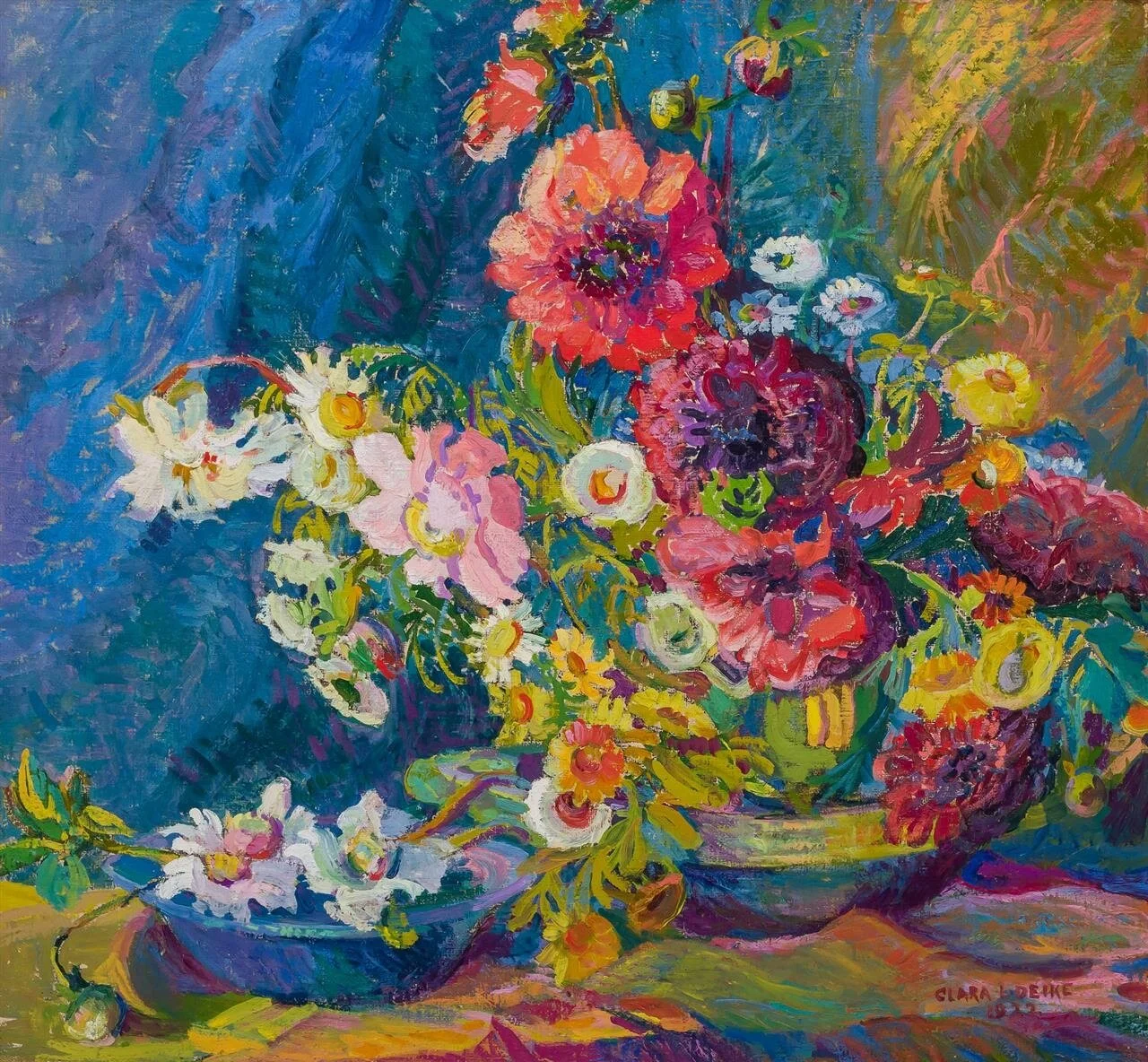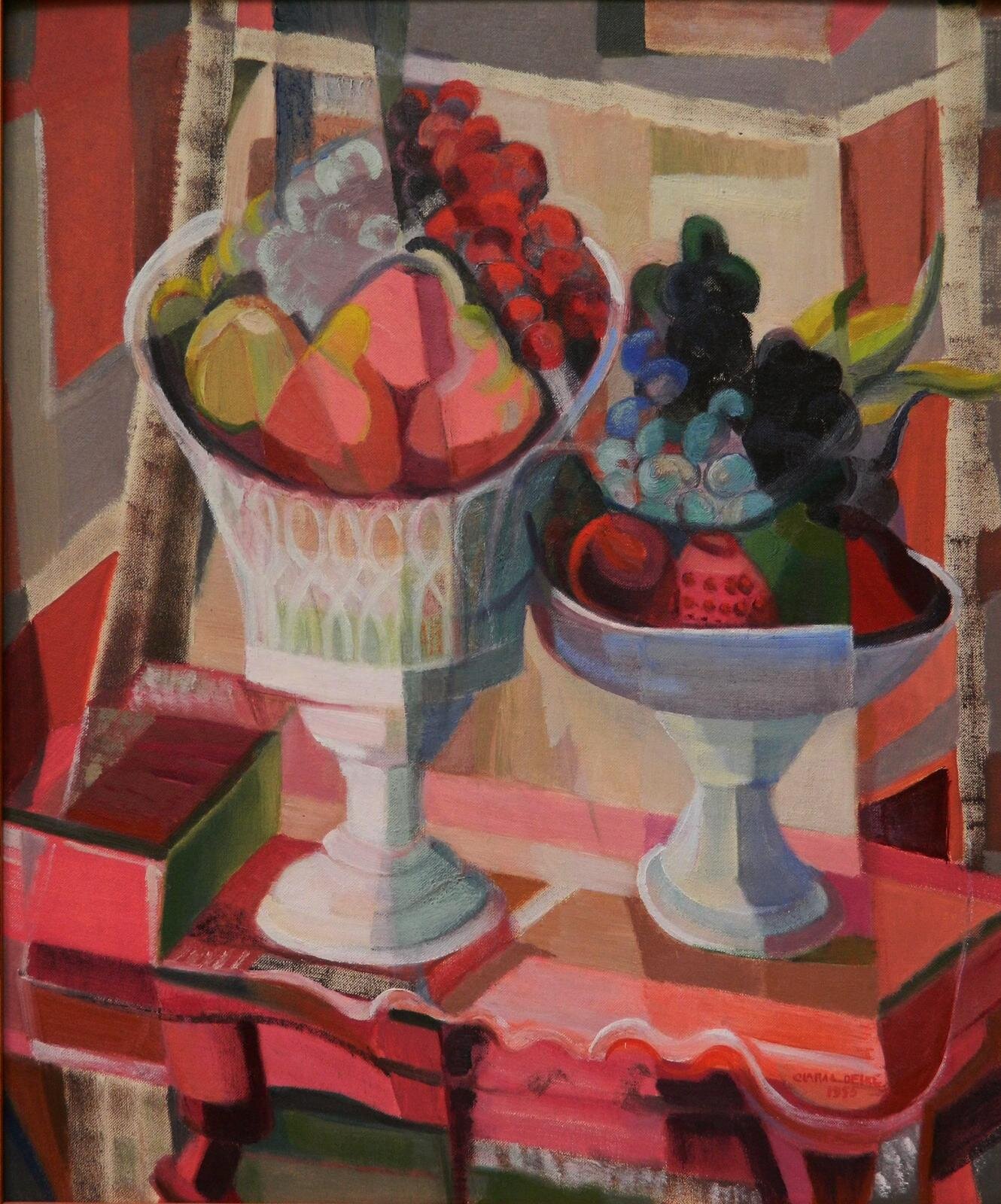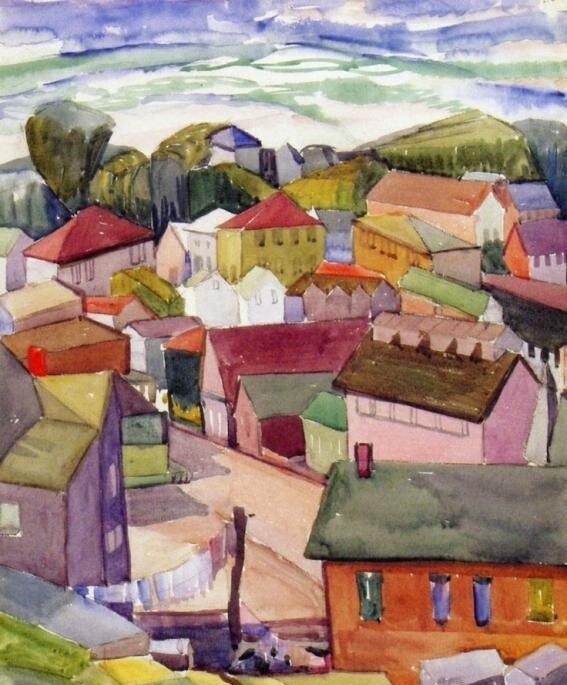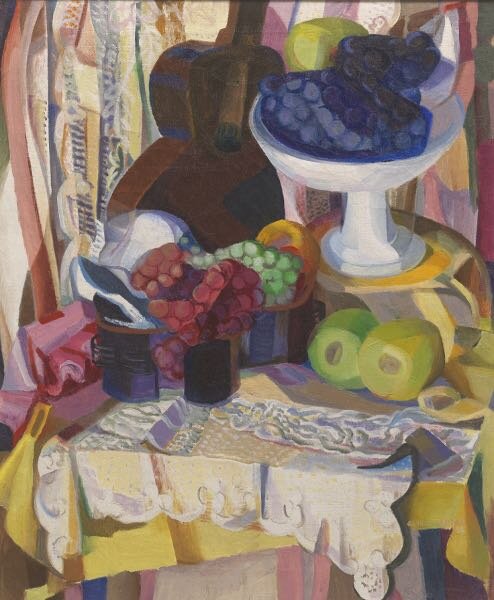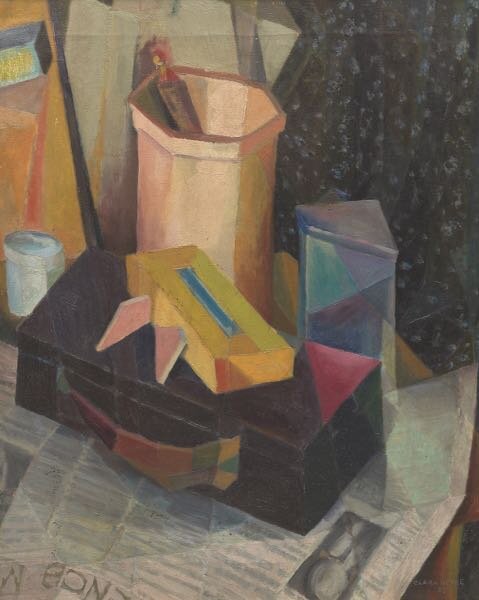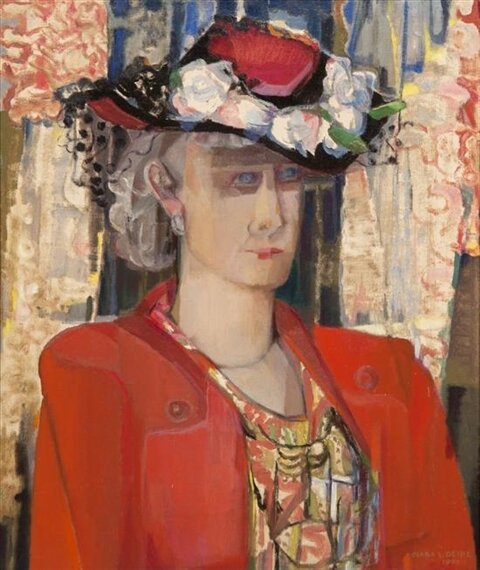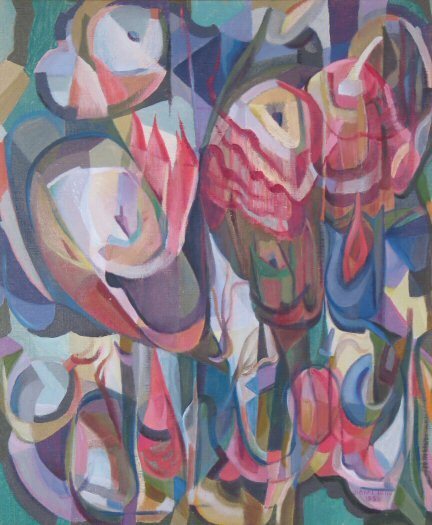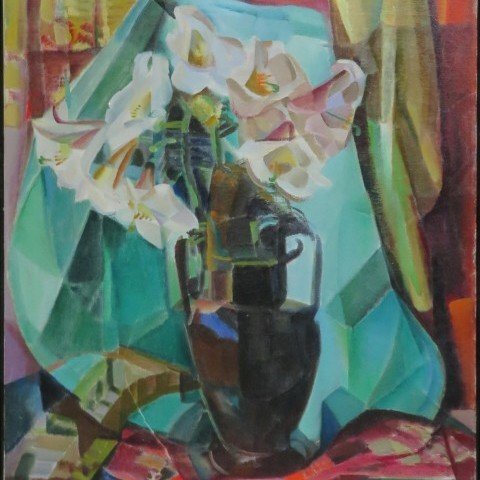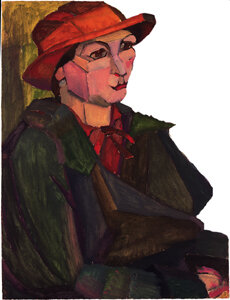Clara Louise Deike • American: 1881-1964
Gloucester, Massachusetts • Watercolor - Wove Paper 31” x 27.5”
In 1912, eight years before women were even grated the right to vote, being a female artist in Cleveland wasn’t easy. Most artisic opportunities, outlets and organizations were only available to men. Clara L. Deike was one of the twenty-five women who changed everything. As the womens rights movement swirled around them, these women took matters into their own hands and launched the Women’s Art Club of Cleveland (WACC). The WACC, the first art organization in Cleveland to be composed entirely of women, had a dual, but simple goal – to learn and to teach. The group held it’s first exhibition in 1913, reached it’s pinnacle in 1930 with over 150 members, and was active for over 94 years.
Before becoming a co-founder of this groundbreaking organization, Deike first discovered her passion for modern art. She was born in Detroit and was raised in Cleveland before attending the Chicago Art Institute, one of the leading art schools of the day. Returning to Cleveland, Deike enrolled at the Cleveland School of Art (now the Cleveland Institute of Art) where she studied under various artists, including Henry Keller, the first Ohio artist to gain distinction for his work as a watercolorist. Since there weren’t very many career opportunities for women in the world of fine arts, she began teaching art at Lakewood and Central High Schools.
(story continues below break)



